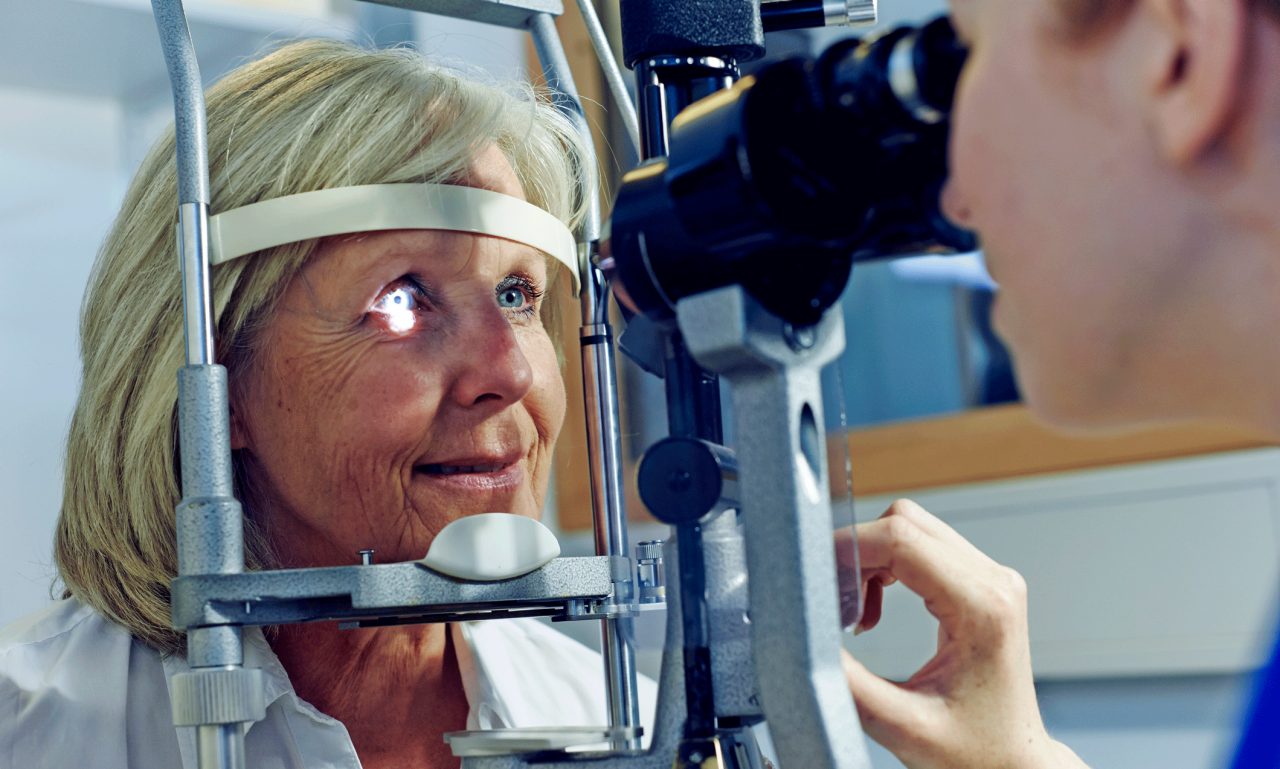Why You Need an Eye Examination

Even small increases in air pollution can increase your risk of cataracts, glaucoma, and age-related macular degeneration. All could eventually cause blindness.
Your eyes have an especially high flow of blood, which contains oxygen. When you breathe in dirty air, particles travel through your body and cause inflammation that can affect your eyes.
YOU MIGHT ALSO LIKE: Eye Problems Occur More Often in Women
How air quality affects your eyes
Air pollution can damage every organ in your body, a large review reported. Globally, 90 percent of the population lives with dirty air.
It may contribute to glaucoma, cataracts, and age-related macular degeneration (AMD).
Researchers have reported that air pollution is linked to glaucoma. You’re about 50 percent more likely to develop glaucoma if you live in an urban area.
Another study in Great Britain found that the risk of AMD — which can lead to partial blindness — rises after exposure to only small increases in outdoor air pollution. The researchers drew on scans of the retina from more than 52,000 people aged 40 to 69. Similar results came from another study in Taiwan, linking AMD to traffic-related pollution.
Although AMD rarely causes total blindness, it is the most important cause of irreversible loss of vision among people over the age of 50 in high-income countries.
Indoor pollution matters, too
Around the world, cataracts are linked to dirty indoor air, common in homes with coal-burning stoves. It’s also important not to use wood-burning stoves near children and the elderly. Anything that produces smoke adds to your risk.
What are the warning signs of age-related macular degeneration?
The most common type is called dry macular degeneration. Tissues in your macula — which makes images sharp — thin out. The symptoms tend to come gradually and painlessly.
Talk to an eye doctor if you can answer “Yes” to any of these questions:
- Do straight lines seem bent?
- Do you find you can’t see from the center of one or both of your eyes?
- Do you need brighter light to read than you used to?
- Do you have trouble adjusting to low light levels?
- Do printed words look blurry?
- Do colors look less bright?
- Are you having more trouble recognizing faces?
- Do you have a blurry spot? A blind spot?
Dry AMD progresses slowly. It may begin in only one eye and not affect your vision. But it may turn into wet (neovascular) macular degeneration, when blood vessels under the retina leak and can cause a sudden serious vision loss.
What you can do
Your genes, heart disease, and smoking all contribute to your risk. People with obesity have a greater chance of serious vision loss.
- Get regular eye exams. If you notice warning signs, get an eye exam, since the problem can be delayed with treatment. It may be underdiagnosed, a recent study found, so speak up and get another exam if you have any doubts.
- Quit smoking.
- Get exercise and lose any extra weight.
- Make sure you consume enough of the essential fatty acids called omega-3s, which are most plentiful in ocean fish like salmon and tuna. One research overview found that the more omega-3s you eat, the lower your chance of getting AMD early in life. Also eat colorful vegetables.
- Don’t use wood-burning fires in your home.
How is dry AMD treated?
Vitamins can help people who have an advanced case of dry AMD or who have lost a lot of vision in at least one eye. Your goal is to put off progression of the illness.
One tested formula includes a daily dose of:
- Vitamin C (ascorbic acid) 500 mg
- Vitamin E 400 international units (IU)
- Lutein 10 mg
- Zeaxanthin 2 mg
- Zinc (as zinc oxide) 80 mg
- Copper (as cupric oxide) 2 mg
You might work with specialists to help you adapt to your changing vision.
If you have an advanced case in both eyes, you might consider surgery to implant a telescopic lens in one eye. It can improve both distance and up-close vision but only in a narrow range. One helpful use for the surgery is seeing street signs.
Updated:
July 10, 2023
Reviewed By:
Janet O’Dell, RN